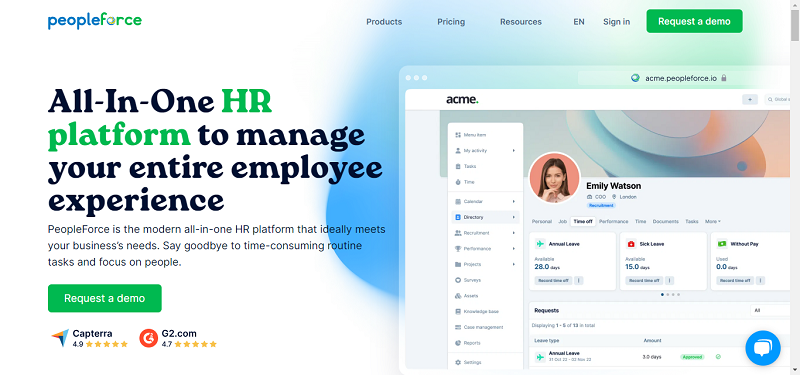In recent years, virtual reality (VR) finally made a move to the mainstream after largely being a niche technology.
There are several things to look forward to concerning this exciting industry.
Startups specializing in virtual reality have been extremely successful in raising capital for their respective ventures. A report from Digi-Capital found investors contributed three-quarters of a billion dollars to VR or augmented reality companies in the first quarter of this year alone.
That means people can expect to see some still-unfamiliar names offering VR technologies alongside the brands that have already gained momentum.
As a result of the increased competition due to more players in the marketplace, new developments could occur faster than expected.
Not too long ago, VR headsets cost more than some laptop computers, making them prohibitively expensive for many of the enthusiasts who wanted to own them.
Fortunately, the increasing popularity of VR overall is empowering manufacturers to figure out how to make budget-friendly headsets that don’t require extensive setup processes.
One of them is the Oculus Go, a $199 headset lined with fabric for comfort. Notably, it’s a standalone system, not one that works after someone inserts a smartphone. Plus, people who don’t mind relying on their smartphones for VR experiences can buy Google’s Daydream View headset for $100 cheaper than the Oculus Go.
The latter headset is earning excellent reviews, potentially proving excellent VR gear is accessible to people on modest budgets. If it ends up dominating the marketplace, people will likely see more manufacturers scrambling to produce VR headsets that don’t break the bank.
VR has had a substantial impact on the health sector. For example, one of the most common applications is the creation of full-color rendered animation movies.
The three-dimensional nature of the VR landscape is one of the biggest advantages of the medium, especially for bringing clarity to concepts that otherwise might be confusing or scary for patients. In one Instance, VR content illustrated the procedure for inserting a spinal implant.
At some facilities, providers let patients get immersed in VR to distract them from painful or stress-filled situations or procedures. That reduces some of the trauma that typically accompanies hospital stays and treatments.
A Swedish pharmacy offers a VR pain-relief app intended for use alongside traditional painkillers. It works with Google Cardboard, making it feasible for individuals who cannot afford dedicated VR headsets.
The rise of streaming media has challenged cinema brands to figure out how to get consumers through the doors instead of making them tempted to watch movies in their pajamas at home. The Virtual Reality Cinema is one pioneering project that started in Amsterdam and has expanded to China, Romania and Finland.
It offers 12 mostly short-form VR movies at any given time, and customers pick three to watch during a visit. Outside of that VR cinema, Cirque du Soleil recently licensed four of its shows for distribution in similar venues.
There’s also a VR app called Bigscreen, which does cater to people who don’t want to leave their homes to enjoy movies. It facilitates enjoying films as a group via VR headsets, preserving the essential element of digesting on-screen content in the company of others. Reports say the app is preparing to offer compatibility with Samsung’s Gear VR headset soon, with the option to use it with models likely on the way soon.
Gone are the days when people solely had to bring their own entertainment to stay occupied on long flights. Now, even many low-cost air travel brands offer personalized, back-of-the-seat media centers that stream TV shows, movies and games for passengers.
Last fall, KLM Airlines kicked off a Flight Upgrader VR promotion for passengers at New York’s JFK International Airport. For no charge, people waiting to board flights could get engrossed in that KLM content, which described the perks available to travelers who opt for more expensive tickets in exclusive areas of a cabin.
Plus, a company called Inflight VR wants to bring virtual reality to people while they’re in the air. The brand’s system offers customizable content presented in ways that restrict bodily movements to avoid users disrupting fellow passengers.
Also, some potential uses are more than just entertaining, because they could boost revenue.
For instance, it’s typical for airline crew members to walk through the cabin and attempt to sell duty-free items or upgraded meal and beverage choices. VR experiences could make people more likely to choose those options after seeing material that stimulates such purchases.
This list illustrates some of the exciting developments shaping the VR industry at large.
Depending on how they play out, the way people do everyday things — such as watch movies or seek pain relief — could change forever.
By Kayla Matthews





